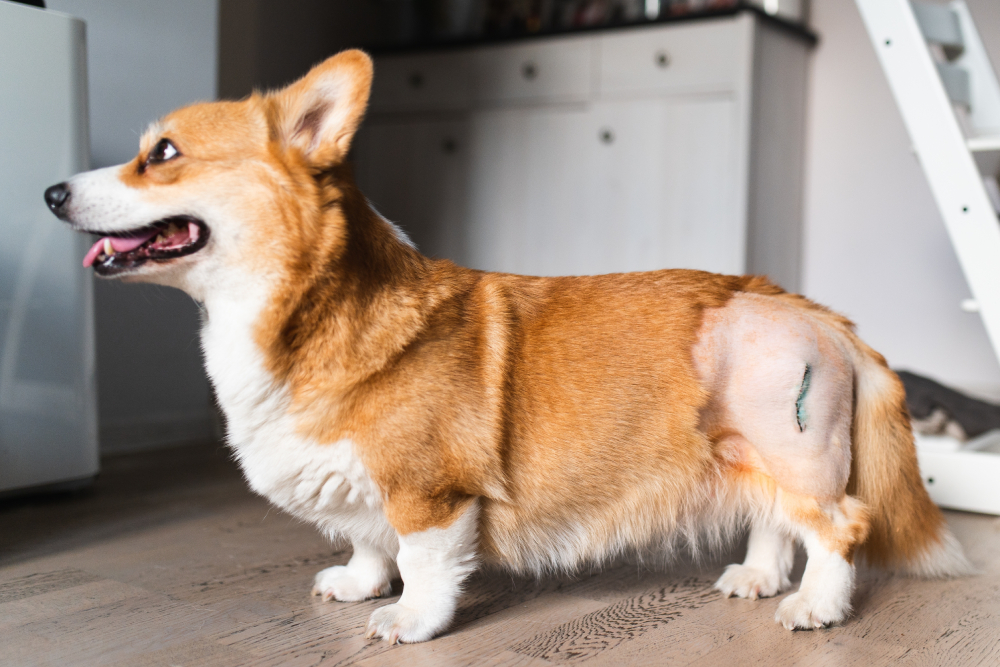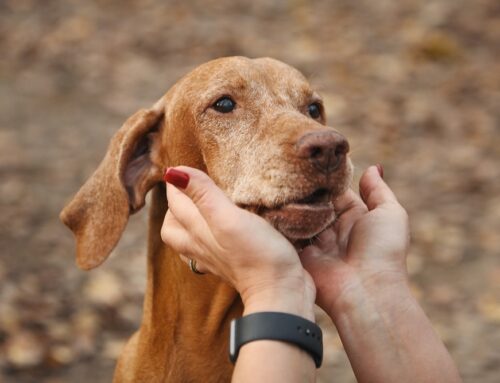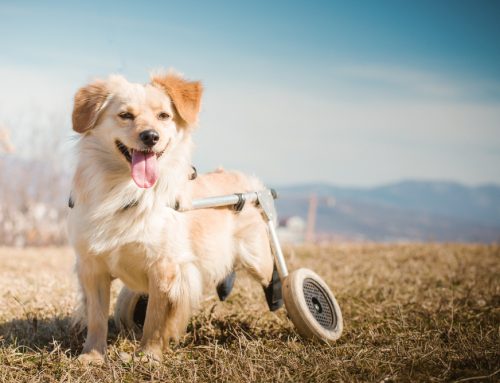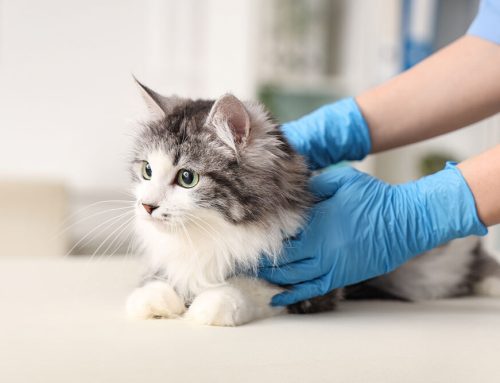Advanced Care for Joint Dysplasia: PRP and Stem Cell Therapy in Dogs
When your Golden Retriever starts struggling to climb stairs or your German Shepherd hesitates before jumping into the car, joint disease may be developing beneath the surface. Large breed dogs are prone to hip and elbow dysplasia, conditions that cause pain and limited mobility.
At Homestead Animal Hospital, our team uses advanced pet diagnostics to identify dysplasia early and create treatment plans that preserve mobility and comfort for years to come. Modern regenerative therapies- like platelet-rich plasma (PRP) and stem cell injections- help reduce inflammation and promote healing. These minimally invasive treatments can delay or even prevent the need for surgery.
What Hip and Elbow Dysplasia Mean for Your Dog
Hip and elbow dysplasia are developmental orthopedic conditions that affect how joints form and function. Both conditions involve abnormal development of the joint surfaces, causing instability, inflammation, and progressive arthritis.
Hip dysplasia occurs when the ball and socket of the hip joint don’t fit together properly. The resulting looseness causes the bones to grind against each other, wearing down cartilage and creating painful bone-on-bone contact. Over time, this leads to chronic inflammation, muscle loss, and significant mobility limitations.
Elbow dysplasia is actually a group of conditions affecting the elbow joint, including fragmented coronoid process, ununited anconeal process, and osteochondritis dissecans. These abnormalities prevent smooth joint movement and cause pain during everyday activities like walking or lying down.
Large and giant breed dogs- including Labrador Retrievers, German Shepherds, Rottweilers, and Great Danes- face the highest risk for both conditions. Genetics play a major role, but rapid growth, obesity, and excessive exercise during puppyhood can worsen joint development.
Our wellness care program includes orthopedic evaluations that catch subtle signs of dysplasia before your dog shows obvious lameness or pain.
Established Treatment Options for Joint Dysplasia
Surgical Interventions
When dysplasia causes severe pain or mobility loss, surgery can restore function and improve quality of life. Several procedures address different stages and severities of joint disease.
Hip dysplasia surgical options will depend on the severity of the condition, as well as the size and age of your dog.
- Femoral head ostectomy removes the ball portion of the hip joint, allowing scar tissue to form a “false joint” that eliminates bone-on-bone contact. This procedure works well for smaller dogs and those with severe arthritis where joint replacement isn’t feasible.
- Hip replacement surgery provides the most complete solution for advanced hip dysplasia. An artificial joint restores normal anatomy and function, often returning dogs to pain-free activity within months.
- For younger dogs diagnosed early, preventive surgeries can alter joint development. juvenile pubic symphysiodesis performed before five months of age encourages the pelvis to rotate, improving hip socket coverage as the dog grows.
- Double triple pelvic osteotomy repositions the hip socket in young dogs with hip laxity but no arthritis yet. By cutting and rotating sections of the pelvis, surgeons create better joint stability and prevent future degeneration.
Elbow Dysplasia surgical options can be more complex, since there are multiple conditions at play. Early diagnosis and intervention significantly improve surgical outcomes for dogs with elbow dysplasia, helping them maintain comfort and mobility long-term.
- Arthroscopic surgery allows surgeons to view and treat the joint through tiny incisions using specialized instruments. This minimally invasive approach can remove bone fragments, smooth cartilage defects, and flush out inflammatory debris. Dogs typically recover faster and with less discomfort compared to open surgery.
- Corrective osteotomy procedures may be recommended to realign the bones of the forelimb and reduce abnormal joint loading. In growing dogs, these surgeries can slow or stop the progression of arthritis by restoring more natural joint mechanics.
- In severe or chronic cases, elbow replacement or arthrodesis (joint fusion) may be considered to eliminate pain, though these are reserved for advanced disease or non-repairable joints.
At Homestead Animal Hospital, Dr. Butler performs advanced orthopedic procedures including femoral head osteotomy and other joint surgeries. If the surgery cannot be performed at Homestead, we can refer you to great specialists and we will remain heavily involved throughout the process. Our surgery services provide comprehensive care from diagnosis through recovery.
Non-Surgical Management
Not every dog with dysplasia needs surgery. Many pets maintain good quality of life through medical management, especially when treatment begins early.
Weight management is critical. Every extra pound increases stress on already compromised joints. Maintaining a lean body condition reduces pain and slows arthritis progression significantly.
Joint supplements for dogs containing glucosamine, chondroitin, and omega-3 fatty acids support cartilage health and reduce inflammation. While supplements won’t reverse existing damage, they can slow deterioration and improve comfort.
Veterinary physical rehabilitation uses targeted exercises, hydrotherapy, and massage to strengthen supporting muscles, improve range of motion, and reduce pain. Regular physical therapy keeps dogs mobile longer and delays the need for surgical intervention.
Anti-inflammatory medications and pain relievers provide symptom relief during flare-ups or as part of long-term management. Your veterinarian will tailor medication protocols to your dog’s specific needs and monitor for side effects.
Regenerative Medicine: PRP and Stem Cell Therapy
How Platelet-Rich Plasma Works
Platelet-rich plasma therapy harnesses your dog’s own healing mechanisms to repair damaged tissue. PRP therapy for dogs involves drawing a small blood sample, concentrating the platelets through centrifugation, and injecting the platelet-rich solution directly into affected joints.
Platelets contain growth factors that stimulate tissue repair, reduce inflammation, and promote new blood vessel formation. When concentrated and delivered to damaged cartilage and inflamed joint tissue, these growth factors accelerate healing and provide natural pain relief.
The procedure is minimally invasive and typically performed during a single veterinary visit. Most dogs tolerate PRP injections well with only light sedation. Because the treatment uses the patient’s own blood, there’s virtually no risk of rejection or adverse reactions.
Many dogs show improvement within weeks of treatment, with reduced lameness, increased activity, and better comfort during exercise. PRP works best for mild to moderate dysplasia and can be repeated as needed to maintain results.
The Promise of Stem Cell Therapy
Stem cell therapy takes regenerative medicine a step further by introducing cells capable of differentiating into multiple tissue types. Stem cell therapy for dogs offers hope for repairing cartilage damage that was once considered permanent.
Veterinarians harvest stem cells from the patient’s own fat tissue, typically collected during a minor surgical procedure. These cells are processed in a laboratory to concentrate and activate them, then injected into damaged joints where they promote tissue regeneration and modulate inflammation. While not every dog responds equally, many experience significant improvement in pain levels and joint function.
Stem cell therapy shows particular promise for dogs with elbow dysplasia, where surgical options are more limited. The treatment can reduce inflammation, slow cartilage breakdown, and improve comfort without the risks and recovery time associated with major surgery.
Both PRP and stem cell therapies work best when combined with weight management, appropriate exercise, and joint supplements. These treatments don’t cure dysplasia, but they can dramatically improve quality of life and extend the time before more aggressive interventions become necessary.

When to Seek Veterinary Care for Joint Disease
Early detection and treatment of hip and elbow dysplasia make the biggest difference in long-term outcomes. If your dog shows signs of joint pain- including limping, difficulty rising, reluctance to exercise, or decreased activity- prompt evaluation is essential.
At Homestead Animal Hospital, we provide comprehensive orthopedic evaluations using digital X-rays and other diagnostic tools to assess joint health and stage dysplasia. Our team has experience with both traditional and regenerative treatment options, allowing us to create personalized care plans that match your dog’s specific needs and your family’s goals.
Whether your dog needs urgent care for sudden lameness or you want to discuss preventive strategies for a high-risk breed, our experienced team is here to help. We offer same-day appointments and flexible payment options including CareCredit, Cherry Payment Plans, and Scratch Pay to make advanced care accessible.
Don’t wait for joint disease to steal your dog’s mobility and comfort. Request an appointment today or contact us to learn more about regenerative therapies that can change your dog’s future.
















Leave A Comment